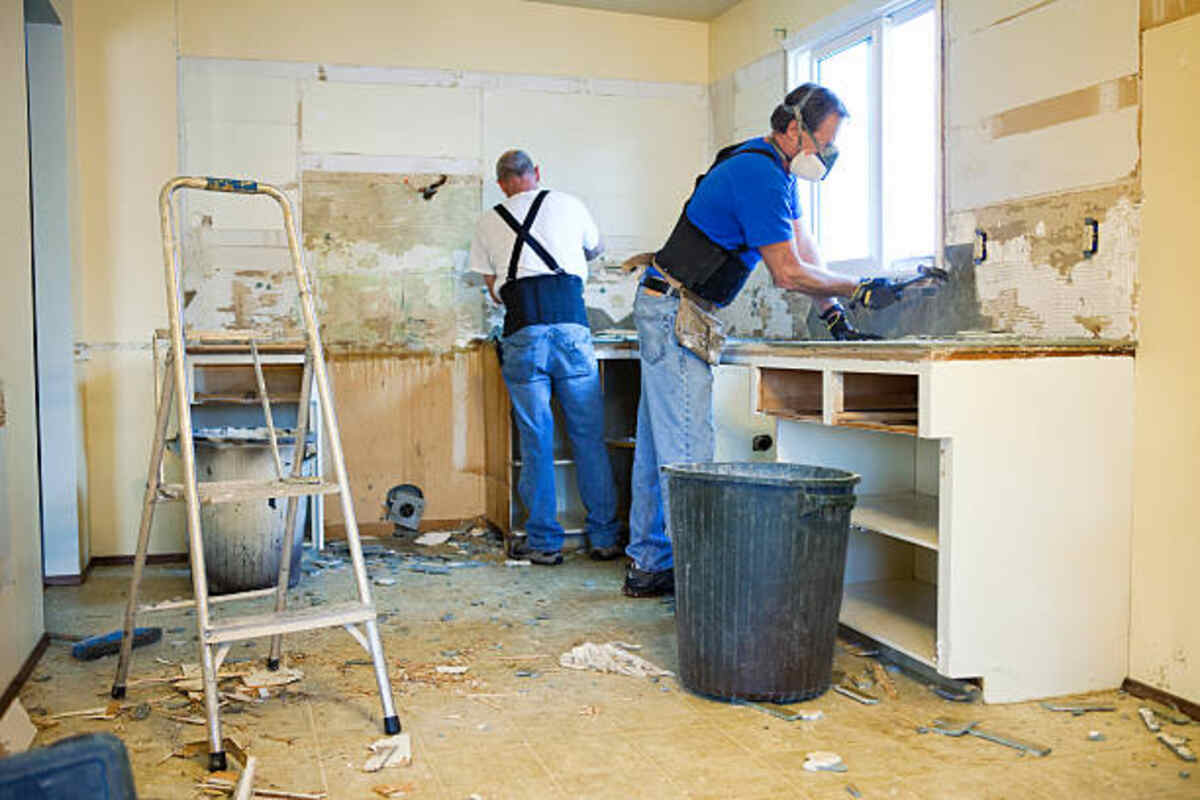The demolition of a swimming pool involves draining and emptying its contents before breaking apart the concrete to be hauled off-site for disposal. Once completed, backfill and compacted materials can be brought in to fill in any holes, leaving space that can be utilized by sheds, plants, or trees. The best guide to finding Main Street Demolition Austin.
This approach may be more expensive, but it is the most suitable one for homeowners. An engineering technician oversees density testing and provides a letter from their senior engineer certifying the backfill process.
Cost
Swimming pools can be costly investments that take up valuable space in any home. As they reach the end of their useful lives, many homeowners opt to remove their pools, which saves on maintenance costs while making better use of the property itself. Furthermore, this reduces accident risk while increasing safety measures.
Swimming pool demolition is a complex task that should only be attempted by experienced contractors. A specialized demolition company will be required to obtain permits and ensure all materials are disposed of appropriately, such as custom features and enclosures that may need removing. The cost of pool demolition depends upon its material as well as factors like its type, size, and location, which all impact its price.
Partial fill-in removal of pools is one of the more economical solutions. It requires draining the pool, removing its accessories, and filling it in with dirt and gravel. While this technique may reduce costs significantly compared to complete demolition, it should be noted that such methods could have negative repercussions for home value; you will need to disclose them to potential buyers.
Safety
Safety is of utmost importance when undertaking any demolition project, including pool demolition. There are numerous potential dangers involved that can be mitigated with proper planning, preparation, demolition techniques, and post-demolition actions. Untrained homeowners attempting to do it themselves often end up injuring themselves and damaging property while lacking adequate tools can also damage equipment irreparably; using an excavator without adequate experience could create lasting problems that cannot easily be rectified.
As part of the process, the pool will need to be drained, and any materials like concrete, liner, metal, or wood will be removed from the site. Once complete, it’s essential to fill in any holes with soil or gravel before compacting to make sure no leakage or shifting has taken place over time – which can be done by testing the density of the fill.
Complete pool removals tend to be more expensive than partial ones, but they’re often safer and better for the environment. Furthermore, this process doesn’t limit the future desirability of your land – you could still use it for sheds, landscaping features, or trees later on. When selling the home again however, be sure to inform potential homebuyers that a pool was demolished so that they can make informed decisions when making offers on it. It would also be prudent to consult your local authorities regarding permits needed for such work.
Permits
Permits are necessary when undertaking major construction projects, like demolishing an inground swimming pool. They ensure the pool can be taken apart safely and that all waste material is adequately disposed of after it has been collected from the site. They also help prevent future drainage pattern issues, environmental hazards, or legal disputes from occurring due to its removal.
Permit costs vary by region, but you must secure one before beginning work on your pool. In addition, professional assistance should also be sought to drain and disconnect all water, electricity, and gas lines before draining and disconnecting. Doing this task yourself could result in severe injury or even death!
Complete pool removal involves draining and emptying the existing pool before disposing of its components, such as concrete, liner, and fiberglass. The space is then filled with soil or gravel and compacted before being filled back up again. Although more costly than filling in a pool, full removal doesn’t impact home value and reduces risks such as sinkage and seepage.
Before undertaking the demolition of your swimming pool, you must consult with your local government in regard to permits and inspections that may be needed. Furthermore, hiring a licensed and experienced pool removal contractor is necessary as they know how to obtain these necessary licenses for you and will also make sure the void created by their work can be adequately filled without creating hazards to those living nearby.
Time
The time required for swimming pool demolitions can depend on its size and method of removal. A partial removal, known as pool fill-in, maybe the quickest and least expensive way to complete demolition. It consists of draining your pool, punching holes in its bottom, and removing 18 to 36 inches of shell material—usually completed within two to three days.
Total pool removal can be a complex process that involves draining and demolishing every component of the structure, as well as backfilling and compacting the area afterward. If this option is chosen, potential homebuyers must be informed, as it may limit the area’s future desirability.
If you aren’t an experienced contractor, it would be wise to hire one to perform this work for you. Operating heavy machinery by yourself is potentially hazardous and could damage plumbing pipes or destroy buried electrical lines. A professional will know exactly how to remove your pool without harming other structures in your yard.
Destroying an inground pool requires a permit from most cities. Processing this application typically takes several weeks and may include inspections; permitting fees vary according to local regulations and it is strongly advised that you consult a specialized demolition expert when applying for permits.

